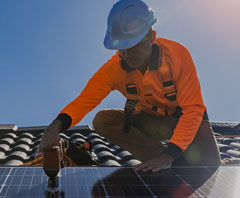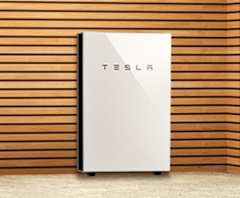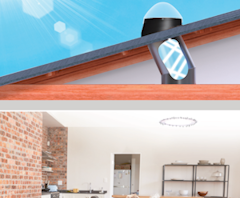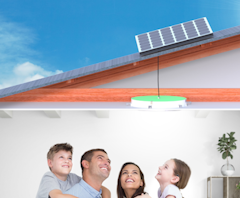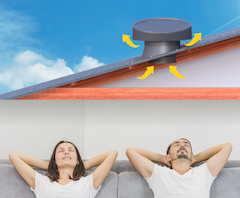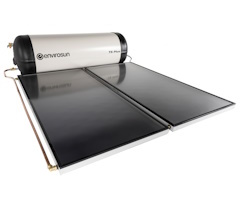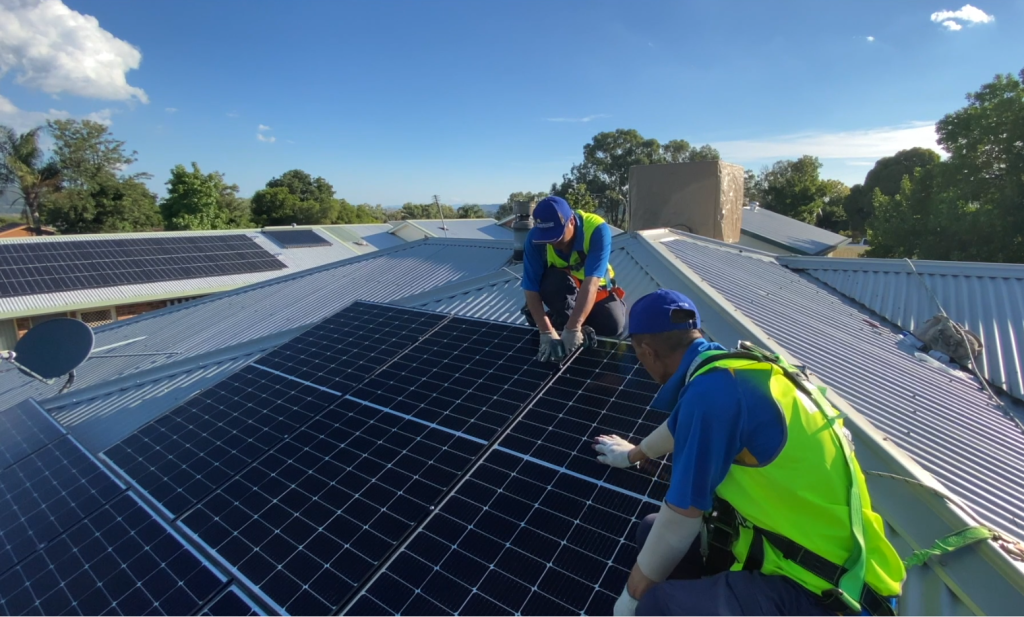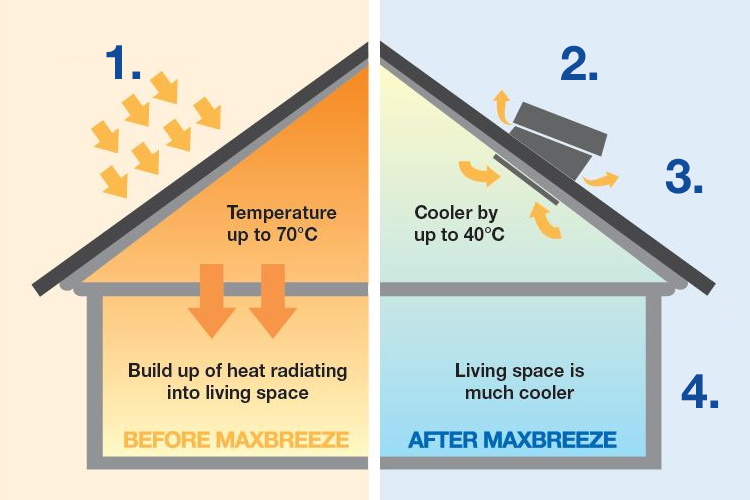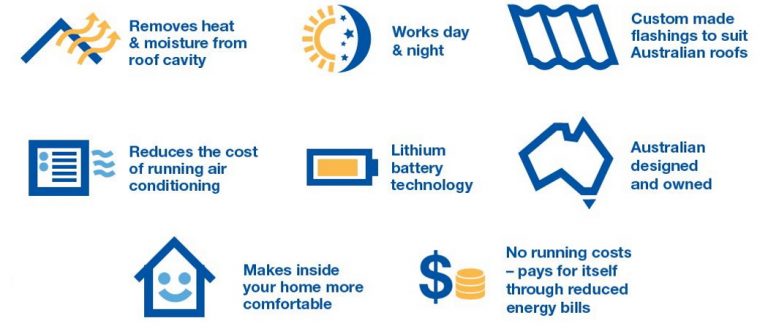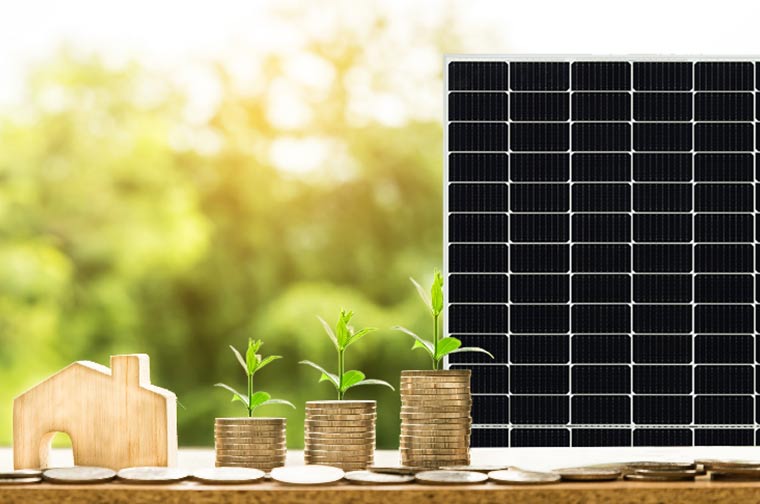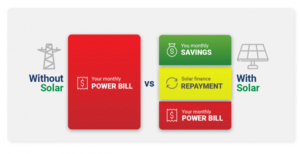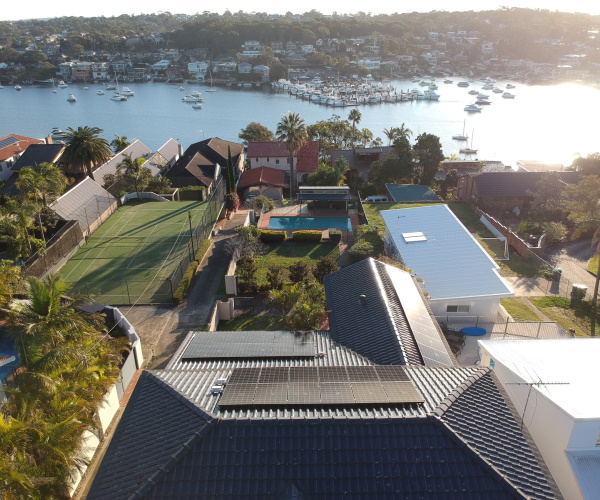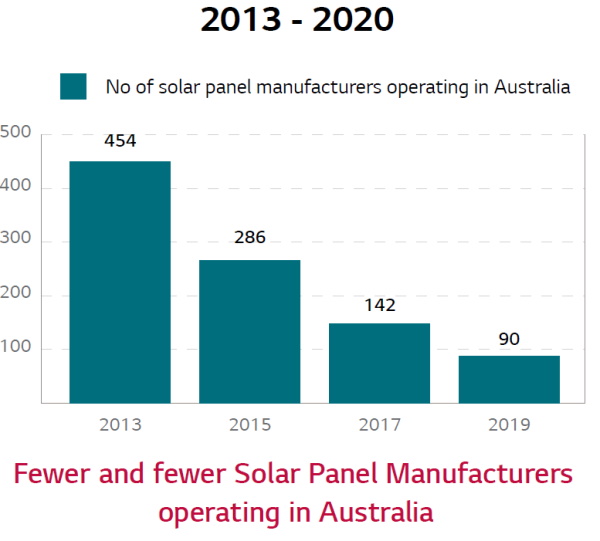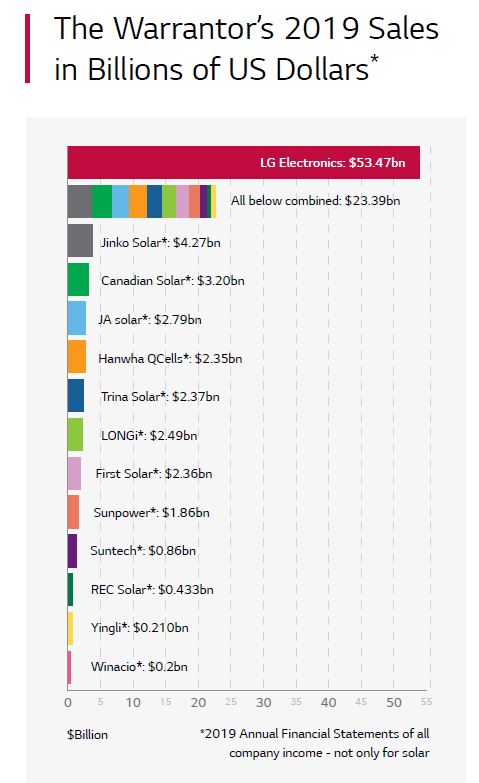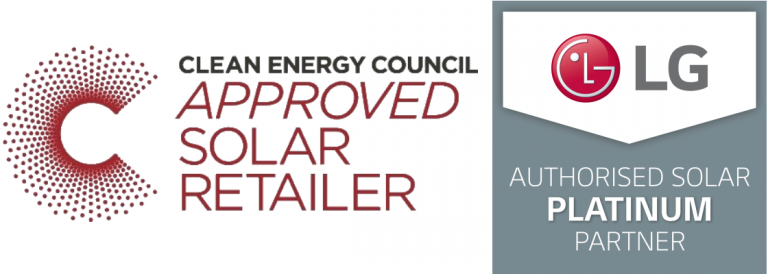A new solar installation at your home is a great way to save money on electricity bills. With energy prices rising, there’s never a bad time to make the switch to solar. Plus, you get to be part of the green revolution and do your part for the environment. Whatever your motivating factor is, you should consider everything before purchasing solar panels. Of course, working with a reputable solar retailer and installer makes the process a lot easier. But for those who like to do a bit of research first, here’s what you should consider for a new solar installation.
Understand Your Energy Requirements
Before you even start looking at local solar installation providers, you need to understand what your energy requirements are. The best way to do this is to look over your previous energy bills. You’ll be able to identify what times of year you use the most energy, and your bill also provides detailed energy consumption data.
When you book a consultation with Solar Bright, we help you assess your energy needs based on the size of your home, your family circumstances and your historical energy usage. You can leave the in-depth analysis to us, and we will suggest the solar panel system size that would best suit your needs.
Consider Your Roof
Every roof is a little different. You may have a sloped roof or a flatter roof. Neither of these precludes you from having solar panels, but certain installations can cost more depending on complexity.
Firstly, there needs to be enough room on your roof for the number of solar panels you wish to install, and the roof needs to support the weight. This is usually not an issue, but on some older homes, it doesn’t hurt to check.
Also, check that your solar retailer will visit your home prior to preparing a solar quote for you. They will take the time to understand your energy needs, check your roof condition and the main switchboard. This will ensure all is OK for a solar panel installation.
Be aware that many installers will only do business over the phone and online. Take this as a warning sign. In this instance, the only person you will ever see will be the unknown man in the white van who turns up on the day of installation. If they perceive any “site issues”, they will demand extra payments on the day prior to starting work.
Solar Panel Positioning
For maximum solar efficiency, your panels should be facing north. This ensures they capture as much sun as possible during daylight hours. However, you also need to make sure your panels aren’t obscured by shade. So, if north-facing panels aren’t possible, east or west-facing is also fine.
In every state, there is also an ideal tilt that your panels should be installed with. Typically, the tilt angle should be around the same as your location’s latitude. See the table below for ideal solar panel tilt angles across all capital cities.
- Sydney – 33.9 degrees
- Melbourne – 37.8 degrees
- Brisbane – 27.5 degrees
- Adelaide – 34.9 degrees
- Perth – 31.9 degrees
- Darwin – 12.5 degrees
- Hobart – 42.9 degrees
Choose The Right Type Of Solar Panel For You
There are several types of solar panels out there, and even more brands. The key is finding the best quality solar panels at the most reasonable prices, rather than simply looking for the cheapest. Generally, you get what you pay for with cheap solar panels. If you want them to last and continue offering good output for years to come, it’s important to choose from reputable manufacturers.
Make sure the panel They should also be made from Dual Glass to ensure they don’t suffer from moisture ingress and other problems in future.
Choose Licensed Solar Installers
When choosing a solar panel installation company, make sure they are licensed by the Clean Energy Council. This will ensure that they have met all of the requirements for a professional installer and have also gone through an extensive training program.
It’s also important to note that some states require additional licenses for electrical work and HVAC systems. So, ensure your solar installer has all the relevant certifications allowing them to work in your state.
Be aware that one of the most expensive parts of the solar system is not the panels or the inverter, but the technicians on the roof. Many solar companies can offer appealingly cheap solar systems as they cut corners on the installation. Again, you get what you pay for.
Learn more by reading our blog on the dangers of cheap solar.
Looking for the best solar installation in Sydney?
SolarBright is your trusted provider of solar panels and solar installations in Sydney. If you want to know more about how solar can benefit your family, we’d love to hear from you. Contact us today for an obligation-free consultation. We will assess your home’s suitability for solar and even tell you how much money you can expect to save on energy bills.
Read Also:
4 Common Solar Panel Problems In Australia – And How To Avoid Them
7 Reasons To Choose Max Power Solar MPS-390N Panel Now LG Solar Has Gone
